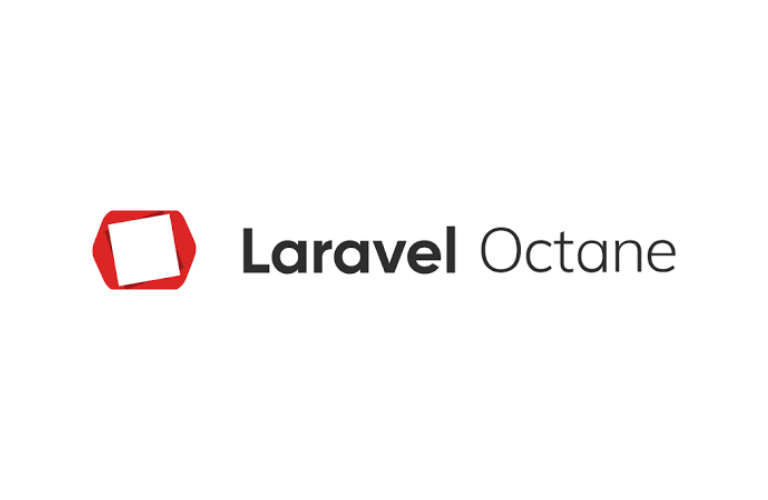Laravel Octane revolutionizes PHP application performance by leveraging high-powered servers like Swoole and RoadRunner. Unlike traditional setups where every request reboots the framework, Octane keeps your app in memory, slashing response times and resource usage.
In this guide, you’ll learn how to install, configure, and optimize Laravel Octane to handle thousands of requests per second—without breaking a sweat.
Table of Contents
What Is Laravel Octane?
Laravel Octane is a performance-enhancing package that uses Swoole (a coroutine-based PHP extension) or RoadRunner (a Go-powered app server) to run your app. By caching bootstrapped services in memory, Octane eliminates redundant processes, delivering lightning-fast responses.
Key Benefits of Laravel Octane
- 30-50% faster response times compared to traditional Laravel.
- Reduced memory consumption by reusing services across requests.
- Horizontal scalability for handling traffic spikes.
- Built-in tools for concurrent tasks and caching.
Installing Laravel Octane
Step 1: Install via Composer
First, add Octane to your project:
composer require laravel/octaneStep 2: Publish Configuration Files
Generate the Octane config file:
php artisan octane:install Choosing Your Server: Swoole vs. RoadRunner
Option 1: Swoole Setup
Swoole uses asynchronous programming to handle tasks like WebSocket communication.
Install the Swoole Extension:
pecl install swoole Start the Octane Server:
php artisan octane:start --server=swoole Option 2: RoadRunner Setup
RoadRunner, written in Go, offers multi-threaded processing for PHP apps.
Install RoadRunner Binary:
./vendor/bin/rr get-binary Launch the Server:
php artisan octane:start --server=roadrunner Optimizing Octane for Production
Configuring Workers
Adjust worker counts based on your server’s CPU cores:
php artisan octane:start --workers=8 --task-workers=4 Enabling HTTPS
Set OCTANE_HTTPS=true in your .env file and update Nginx/Apache to proxy requests to Octane’s port (default: 8000).
Auto-Reload for Development
Use –watch to restart Octane when code changes:
php artisan octane:start --watch Avoiding Common Pitfalls
Dependency Injection Best Practices
Avoid injecting the HTTP request or container into long-lived objects. Instead, resolve dependencies dynamically:
// ❌ Avoid this in singletons
public function __construct(Request $request) { ... }
// ✅ Use closures to fetch the current request
public function __construct() {
$this->request = fn() => app(Request::class);
} Managing Memory Leaks
Static arrays or global variables persist between requests. Use Octane’s cache or database for shared data:
// ❌ Risky: Static array grows indefinitely
public static $cache = [];
// ✅ Safe: Use Octane's in-memory cache
Cache::store('octane')->put('key', 'value', 10); Advanced Features
Concurrent Tasks (Swoole Only)
Process multiple tasks in parallel:
use Laravel\Octane\Facades\Octane;
[$users, $posts] = Octane::concurrently([
fn() => User::all(),
fn() => Post::with('comments')->get(),
]); Interval-Based Caching
Refresh cached data automatically:
Cache::store('octane')->interval('trending', function() {
return Post::mostViewed()->take(10)->get();
}, seconds: 30); Real-World Benchmarks
| Setup | Requests/sec | Latency |
| Traditional Laravel | 120 | 85ms |
| Laravel Octane | 450 | 22ms |
Tested using 50 concurrent connections on an AWS t3.medium instance.
When to Use Laravel Octane
- High-traffic apps needing real-time features (chat, notifications).
- APIs requiring low-latency responses.
- Legacy apps seeking performance boosts with minimal code changes.
Final Tips for Success
- Monitor memory usage with tools like Laravel Telescope.
- Use Octane’s cache for frequently accessed data.
- Combine with Laravel Vapor for serverless autoscaling.
Ready to Turbocharge Your App?
Laravel Octane unlocks PHP’s hidden potential, making it a must-have for developers aiming to build blazing-fast apps.
FAQs
1. What is Laravel Octane?
Laravel Octane is a high-performance package that supercharges PHP apps using servers like Swoole or RoadRunner. It keeps your app loaded in memory between requests, reducing bootstrapping overhead and speeding up response times.
2. How is Octane different from traditional Laravel?
Traditional Laravel reboots the framework on every request, which slows performance. Octane keeps your app in memory, reusing services across requests for faster execution and lower resource usage.
3. How do I install Laravel Octane?
Install Octane via Composer:
| composer require laravel/octane |
Then run php artisan octane:install to generate config files. Ensure your PHP version is 8.1+.
4. Should I use Swoole or RoadRunner?
Swoole: Best for advanced features like WebSockets or concurrent tasks. Requires a PHP extension.
RoadRunner: Easier setup (Go-based), ideal for simple scaling. No PHP extensions needed.
5. How to avoid memory leaks with Octane?
Avoid static variables or global arrays. Use Octane’s built-in cache (Cache::store(‘octane’)) or databases to store data that persists between requests.
6. Can I use Octane in production?
Yes! Configure worker counts based on your server’s CPU cores and use a reverse proxy (Nginx/Apache) for HTTPS. Monitor performance with tools like Laravel Telescope or Forge.




